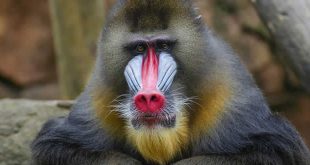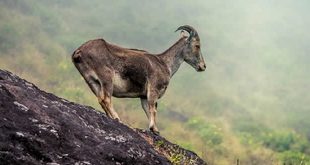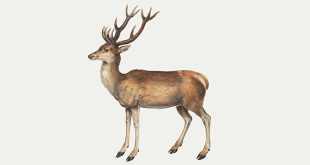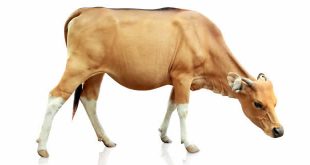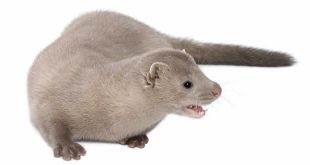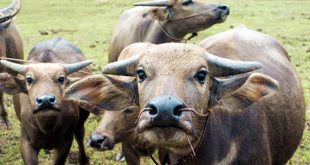 Kinkajou — The Kinkajou (Potos flavus), also known as the Honey Bear, Sugar Bear, or Cat-Monkey is a rainforest mammal of the family Procyonidae related to the olingo, ringtail, cacomistle, raccoon, and coati. It is the only member of the genus Potos. Native to Central America and South America, this arboreal mammal is not particularly rare, though it is seldom seen by people because of its strict nocturnal habits. Kinkajous may be mistaken for ferrets or monkeys, but are not related.The kinkajou has gold fur which overlaps gray, the fur is also wooly. Olingos are similar to kinkajous in morphology and habits. However, genetic studies have shown that the kinkajous were an early offshoot of the ancestral procyonid line and are not closely related to any of the other extant procyonids. The similarities between kinkajous and olingos are thus an example of parallel evolution; the closest relatives of the olingos are actually the coatis.
Kinkajou — The Kinkajou (Potos flavus), also known as the Honey Bear, Sugar Bear, or Cat-Monkey is a rainforest mammal of the family Procyonidae related to the olingo, ringtail, cacomistle, raccoon, and coati. It is the only member of the genus Potos. Native to Central America and South America, this arboreal mammal is not particularly rare, though it is seldom seen by people because of its strict nocturnal habits. Kinkajous may be mistaken for ferrets or monkeys, but are not related.The kinkajou has gold fur which overlaps gray, the fur is also wooly. Olingos are similar to kinkajous in morphology and habits. However, genetic studies have shown that the kinkajous were an early offshoot of the ancestral procyonid line and are not closely related to any of the other extant procyonids. The similarities between kinkajous and olingos are thus an example of parallel evolution; the closest relatives of the olingos are actually the coatis.
An average adult kinkajou weighs 2–3 kg (4-7 lb). Growing to an average body length of 17-22 inches, their tail is 16-22 inches in length in addition to the body. Although classified in the order Carnivora and equipped with sharp teeth, they actually primarily eat fruit. One source of help in getting fruit in small areas is their long tongue that is slender and has a length of 5 inches. The tongue is also used to obtain nectar from flowers, allowing the kinkajou to play the role of a pollinator. Nectar is sometimes also obtained by simply eating flowers. Although captive animals will avidly eat honey (earning them the name “Honey Bear”), it has not yet been observed in the diet of wild kinkajous. Like raccoons, kinkajous have remarkable manipulatory abilities, in this respect rivaling primates. Kinkajous also have short-haired, fully prehensile tails (like some New World monkeys), which they use as a fifth hand in climbing. However, they do not use their tails for grasping food. Special scent glands near the mouth and on the throat and belly allow them to mark their travel routes and territory. Kinkajous sleep together in family units and groom each other. While they are usually solitary when foraging, they occasionally do so in small groups, and sometimes also associate with olingos. Kinkajous are distinguished from olingos by their prehensile tail, foreshortened muzzle, extrudable tongue, and lack of an anal scent gland.
Kinkajous are sometimes kept as pets. Their personality tends to be playful and curious, and they are generally tame.[citation needed] However, some owners report unpredictable, vicious attacks by their kinkajous even after several years of non-aggression. Kinkajous enjoy bananas and have been known to raid domestic owners’ liquor cabinets. They live an average of about 23 years in captivity, with a maximum recorded life span of over 40 years. Kinkajous breed throughout the year giving birth to one or (less commonly) two small babies after a gestation period of 112 to 118 days.
Kinkajous do not like to be awake during the day, and dislike noise or sudden movements. If they are agitated too much, they may emit a scream and attack, usually clawing their victim and biting deeply.
Kinkajous communicate using a variety of vocalizations; their loudest call is shrill and resembles a woman’s scream.
 Kids Portal For Parents India Kids Network
Kids Portal For Parents India Kids Network
